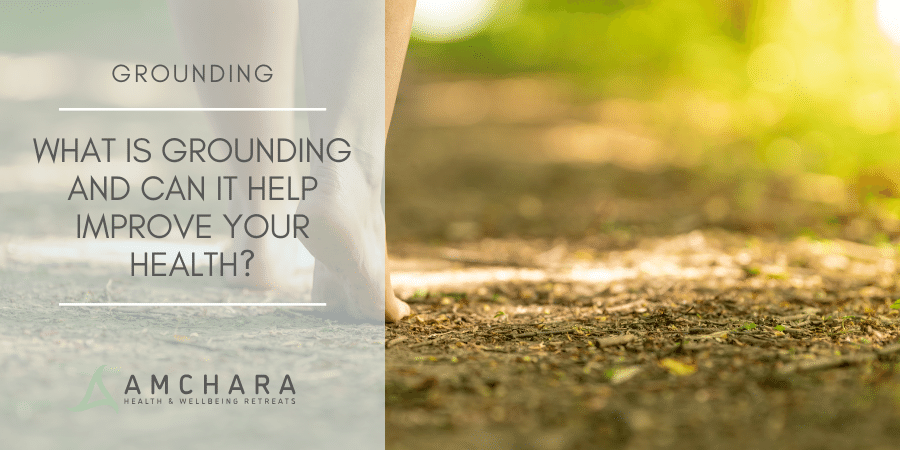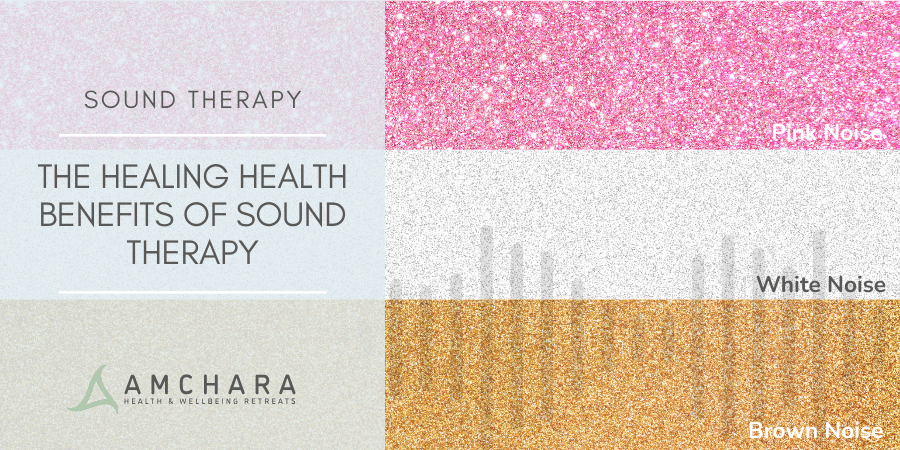Stress provokes an inflammatory response in the body which, if excessive or continuous, can create an imbalance in the parasympathetic and sympathetic nervous system.
These are branches of the autonomic nervous system designed to help your body cope in times of crisis.
The detrimental effects of long term inflammation can contribute to the development of conditions such as diabetes, cardiovascular disease, depression, obesity and immune dysfunction.
It stands to reason that reducing stress and inflammation is vital for keeping yourself healthy.
If you are finding it difficult to cope with the endless cycle of stress in your life, you could be taking advantage of the remarkable healing powers of the earth beneath your feet by practising grounding.
Many studies have shown multiple benefits associated with connecting to the earth.
Just 20 to 40 minutes a day can reduce inflammation, lessen pain, relieve stress, improve blood flow and promote more restful sleep.
Grounding or earthing is, as it sounds, a practice whereby you place your bare feet or body on the ground – this is particularly beneficial if the ground is wet and the atmosphere is humid.
You could be standing on sand, grass, mud or in water to achieve the benefits.
In times gone by many cultures walked barefoot and slept on the ground, but nowadays less people actually make physical contact with the earth, spending most of their time in shoes with synthetic soles that insulate them from the earth’s natural electric charge.
How it works
The earth itself maintains a negative electrical potential on its surface.
This negative surface charge is constantly replenished by the electrical atmosphere all around us.
By walking barefoot, sitting or lying down on the ground, you allow an influx of the earth’s electrons to be conducted through your body, equalising your body’s electrical potential with the earth’s.
Being connected to the surface of the earth promotes electrophysiological changes in your body that can exert significant positive effects on your health.
Grounding has been found to produce measurable differences in the concentrations of the cells involved in the inflammatory response.
One theory is that the electrons from the earth’s surface spread over and through the body, where they act as antioxidants.
Scientists believe they create an antioxidant microenvironment around an injured area, counteracting damage to healthy tissue and reducing the formation of excessive inflammatory compounds.
This idea is validated by numerous studies showing people who are grounded to the electron enriched earth experience a reduction in stress and an improved balance of the sympathetic and parasympathetic nervous system.
Not only does this remarkable effect happen after just 20 minutes, but it appears to continue to exert its benefits, the longer you do it.
Grounding and its effect on your cardiovascular system
Recent research has found that grounding improves heart rate variability (HRV), which has a positive impact on cardiovascular status.
HRV technology gives a view of the state of your physiology, and can track your general stress levels.
The researchers found using HRV measurements was a highly effective way of determining the different responses to stress between individuals who were practising grounding and those who were not.
HRV refers to variations in the time interval between heart beats.
Although you might think the heart beats with rhythmic regularity, somewhat like a metronome, it doesn’t.
In fact, there are variations in the length and time of each beat.
A healthy functioning body will display a greater variability between heart beats than a poorly functioning one.
Taking HRV measurements provides a reliable non-invasive source of information on the autonomic nervous system.
Early research has identified that anxiety, stress and depression reduces HRV leaving sufferers at higher risk of cardiovascular disease.
However, this latest research has demonstrated that grounding produces positive effects for those experiencing anxiety, emotional distress, cardiac palpitations, dizziness, fear, and headaches and takes only 20 to 40 minutes.
As a non-invasive effortless and inexpensive therapy, grounding has the potential to support HRV, balance the autonomic nervous system and thereby lessen the stress response and consequent effects on health.
Fitting it into your life
Grounding offers a simple, natural and accessible health strategy against stress and chronic inflammation.
It shouldn’t be too hard to find 20 minutes to lie down or make contact with the ground.
Find a quiet space during your lunch break at work, or if the weather’s nice kick off your shoes and go for a walk in the local park.
If that’s not possible, put aside 20 minutes before bedtime to lie down.
You could use this time connecting with the ground to meditate or try the simple yoga pose ‘Savasana’ which encourages gentle breathing while lying on your back.
This pose is well known for its positive effects on the nervous system – removing stress and energising the body.
READ THIS NEXT:
- Winterproof your immunity with vitamin C
- Nature’s pharmacy – A to Z of vitamins and minerals
- Are you getting enough vitamin D? (winter is coming)
References
- Basics of heart rate variability applied to psychophysiology 2010. Thought Technology Ltd: Canada http://www.emfandhealth.com/HRVThoughtTechnology.pdf [Accessed 12.3.17].
- Bigger JT et al. Heart rate variability Standards of measurement, physiological interpretation, and clinical use. European Heart Journal (1996) 17, 354–381
- Brown R, Chevalier G & Oschman JL. The effects of grounding (earthing) on inflammation, the immune response, wound healing, and prevention and treatment of chronic inflammatory and autoimmune diseases. Dove Press 2015; 8:83-96.
- Chevalier G and Sintara S. Emotional Stress, Heart Rate Variability, Grounding, and Improved Autonomic Tone: Clinical Applications. Integrative Medicine 2011, 10 (3); 16-21.
- Chevalier, G., Melvin, G. and Barsotti, T. (2015) One-Hour Contact with the Earth’s Surface (Grounding) Improves Inflammation and Blood Flow—A Randomized, Double-Blind, Pilot Study. Health, 7, 1022-1059




